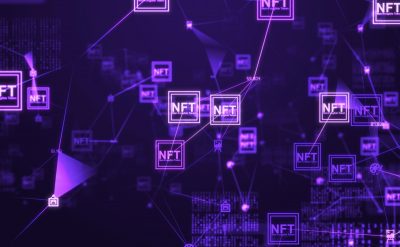If you have understood that bitcoins, blockchain, and distributed ledgers are the thing of tomorrow, then you are probably wrong. The organizations have invested in these technologies throughout 2019, 2020, and are expected to do it in 2021. They are very much in their infancy stage, and only a few of the organizations have developed the sensibility to leverage them successfully.
The distributed ledger is basically a way to handle the growing complexities and ever-changing industrial dynamics, especially the pharmaceutical industry. The pharmaceutical industry requires improving handoffs, transparency, and counterfeiting products, which is made possible by Distributed Ledger. The industry also involves multiple stakeholders, different setups, software, and changing willingness to maintain the security of drugs. Though distributed ledger is a new entrant, only this seems to be a comprehensive solution.
Especially in COVID-19, supply chain stakeholders have highly recognized and appreciated the distributed ledger’s purpose.
Now, we move forward answering your question, what is Distributed Ledger, of course?
Distributed Ledger is nothing more than a data repository in layman’s language. It is not a central repository with the details of all serialized drug consignments. Data repositories have different roles of play and define different sets of repositories at different stages.
It is a consensually shared database and synchronized across multiple sites, institutions, or geographies accessible by numerous people. The transactions happening at the database can be viewed by the public quickly. The participant involved at every node of the network can access the recordings shared at the network and own an identical copy. The changes made to the ledger are reflected and copied to all participants within seconds.
A distributed ledger is way different from a centralized ledger, which most companies use today.
What are the advantages of distributed ledger?
For many companies, it is still an unexplored and lesser-known thing. Therefore, it is essential for them and the world to understand the benefits of Distributed Ledger Technology. Here are some of the main benefits:
- In the pharma industry, it provides transparency and traceability throughout the logistical transition of the drug. Anyone can trace the location of the drug between the manufacturer and delivery location.
- The people interested in the drug can see its serialization, including producers, distributors, and repackagers.
- It doesn’t work like a conventional database where only the authority of access is given to the dealers or manufacturers. A distributed ledger can be accessed by the patients as well.
- It removes the risk of single-point failure, as the ledger is backed-up by many participants simultaneously.
- Its virtual and less complicated ability can be built and operated for a lower cost than various traditional centralized systems.
“Security, self-management, decentralization of power, and a high amount of transparency are the main benefits.”
How does distributed ledger work?
The distributed ledger is held, reorganized, and controlled by different individuals called nodes. The database is constructed independently by each node. Every network encompasses various transactions, and each node creates a conclusion on the development of the database.
Depending on the transaction, voting takes place, looking at the changes done in the database. All the nodes must participate in the voting. If more than 50% agree, the new transaction is accepted on the database. Afterward, nodes will update all the versions of the database so that all devices are of the same version.
Conclusion
Right from a pharmaceutical’s supply chain to the educational industry, distributed ledger technology accelerates equity, interoperability, transparency, and trust. Even the cryptocurrencies built on the distributed ledger technologies (DLT) have emerged as a potential gateway to creating wealth and change-makers across all the markets.
These distributed ledgers can transform the entire systems but require overcoming the challenges such as security threats, interoperability, centralization of power, and unwillingness to experiment.








































































